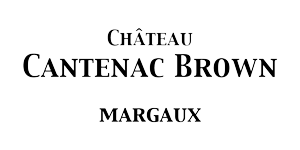73% Cabernet Sauvignon, 27% Merlot. It is not uncommon to find these almost mathematical formulas on bottle labels. These figures indicate the proportion of each grape variety in a wine. Here, there is no question of playing the little chemist. The wine blending is subject to precise rules, established by the INAO, the national institute of origin and quality.
Wine blending: definition
Wine blending is a technique that winegrowers use before bottling. It consists in mixing several vats of wine together, several grape varieties, to obtain a final cuvée. Like a mixologist, the producer makes a “wine cocktail”.
What is the purpose of wine blending?
Blending allows winemakers to obtain more complex wines than if they used only one variety. This technique is first of all a way to play with maturity: from one variety to another, the grapes do not ripen at the same rate. Mixing several grape varieties offers the possibility to bring a little roundness to a red wine that is too tannic or acidity to a white wine that lacks vivacity. It is also a good way to multiply the aromas, as each variety gives different grapes.
Do all grape varieties can be mixed?
Nature being well made, the grape varieties that go well together generally grow under the same latitudes. Merlot and Cabernet Sauvignon, Petit and Gros Manseng, Mourvèdre and Carignan? The rest is a question of regulations.
Indeed, to be able to claim the protected designation of origin, the winegrowers are subject to precise specifications established by the INAO. The blends are not left to chance.
Can we mix different vintages?
It is quite possible to mix several wines from different vintages, as long as you do not put the year on the bottle. This is notably the case for Champagne. The vineyard has all the rights in terms of blending. The winemakers can associate different grape varieties, different vintages, and even wines of different colors. It is the only region authorized to produce rosé by mixing red and white wine.


